MEDIEVAL TIE BELT Item 01
As leather, cloth, or metal, these belts were often adorned with intricate designs, buckles, or embellishments that reflected the wearer’s status and wealth.
| Brand |
|---|
Category: Fashion
Description
MEDIEVAL TIE BELT Item 01
In the medieval period, belts served a dual purpose of functionality and fashion, offering both practicality in securing garments and symbolic significance in social status and identity. A medieval tie belt, also known as a girdle or a cincture, was a vital accessory for both men and women across various social classes during this time.
Constructed from a variety of materials such
As leather, cloth, or metal, these belts were often adorned with intricate designs, buckles, or embellishments that reflected the wearer’s status and wealth. Nobles and royalty might have belts encrusted with jewels or made of fine leather, while commoners would use simpler materials.
The tie belt was more than just a means of holding garments together
It was an emblem of one’s station in life and could denote membership in guilds, religious orders, or military ranks. Additionally, it was believed to possess protective qualities, warding off evil spirits or providing strength and courage in battle.
For women, tie belts were essential for securing their dresses, which typically consisted of multiple layers and could be quite heavy. The belt helped to cinch the waist and maintain the desired silhouette, whether it was the fashionable hourglass shape of the nobility or a more practical fit for women of lower classes.
Men also relied on tie belts to hold up their tunics, trousers, or hose.
These belts were often wider and sturdier than those worn by women, reflecting the need for durability and functionality in their daily activities, especially for laborers, soldiers, or knights.
Beyond their practical uses, tie belts were also integral to medieval fashion. They could be color-coordinated with the rest of the outfit or serve as a contrasting accent, adding visual interest to otherwise plain garments. Knotting techniques varied regionally and could be quite elaborate, further showcasing the wearer’s skill and attention to detail.
In medieval art and literature, the tie belt often carried symbolic meaning, representing concepts such as loyalty, fidelity, or authority. Depictions of saints and biblical figures frequently feature girdles as symbols of purity or righteousness.
Overall, the medieval tie belt was far more than a simple accessory; it was a multifaceted symbol of identity, status, and style that played a significant role in the lives of people across medieval Europe.
Reviews (0)
Be the first to review “MEDIEVAL TIE BELT Item 01” Cancel reply
About brand
We deals in khukries, daggers, knives, swords, medieval helmets, axes, shields, walking sticks, bugles, nautical, chain mail, horn items, etc.
Shipping & Delivery


Khukriwala Handicraft
We deals in Khukries, Daggers, Knives, Swords, Axes, handcuffs, Medieval helmets, Shields, Walking sticks, Bugles, Nautical, chain mails, horns and bone items, Leather items, miscellaneous items etc. We also do custom work.
Our Vision
- Our Products are handmade by the team of dedicated artisans and craftsmen who are richly experienced in their fields and products are thoroughly inspected by our quality control personnel’s at every stage of production.
- Each item is carefully and elegantly handmade with traditional skill handed down to us from centuries of experience and reliability.
- Our items include show pieces of historical & ancient figures reproduce to their originality and shape.
All our items are blunt edge. Handmade hand polished. Need to apply on blade to avoid rust. Items manufactured as manufactured in olden days. Not Novelty.



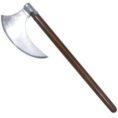


































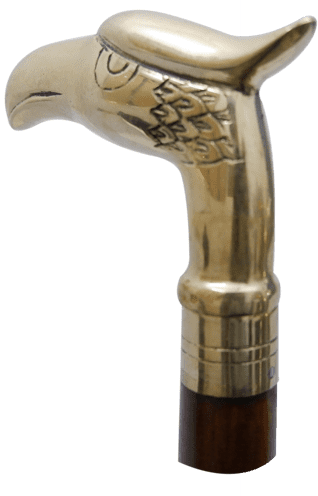


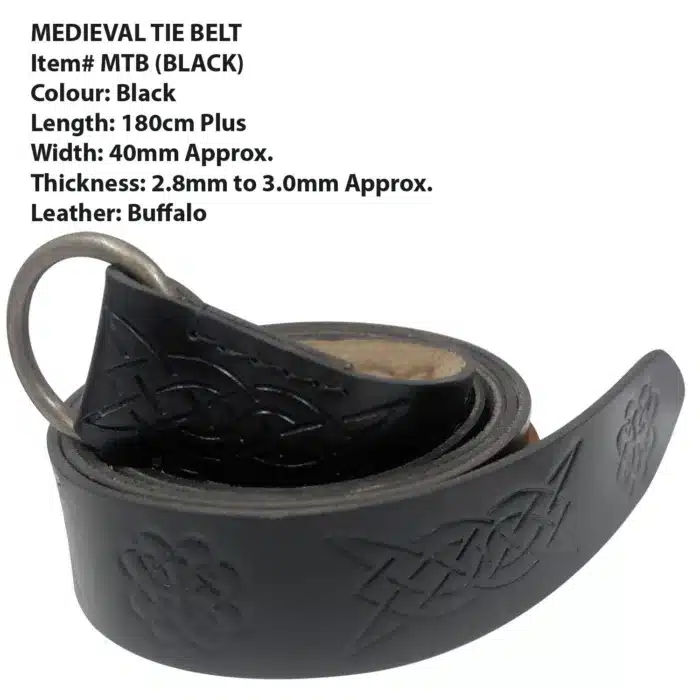




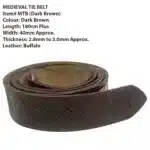











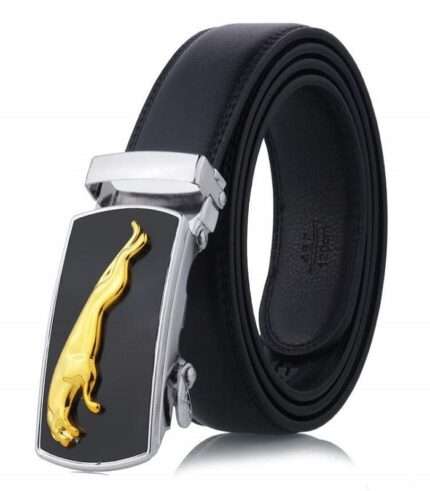
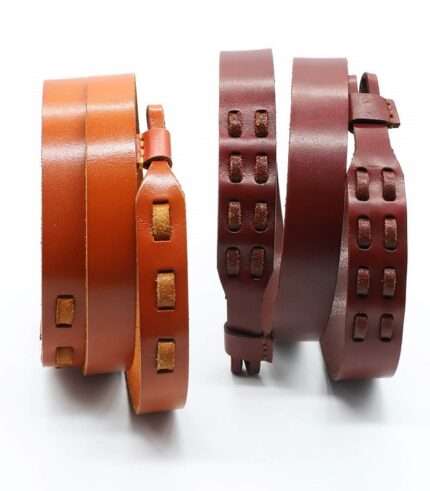
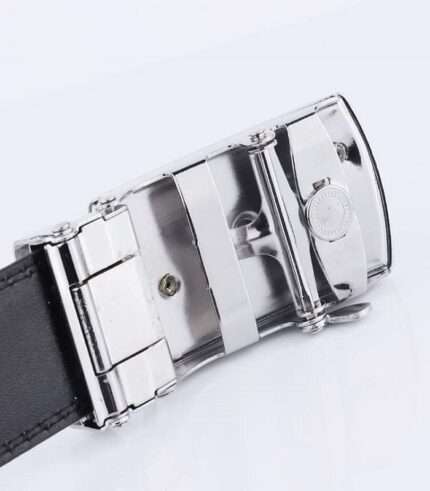
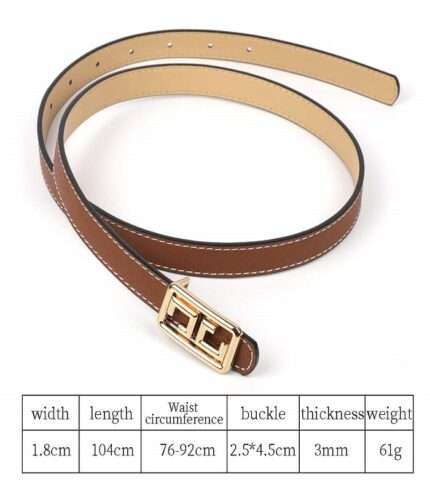



Reviews
There are no reviews yet.